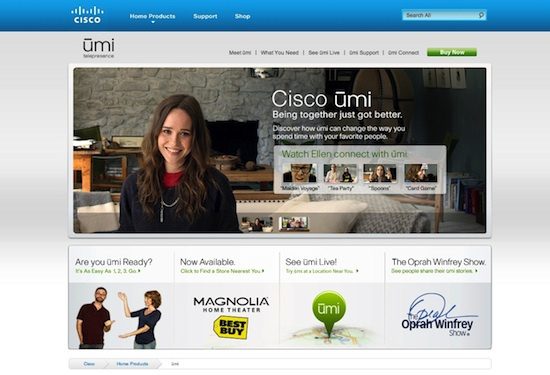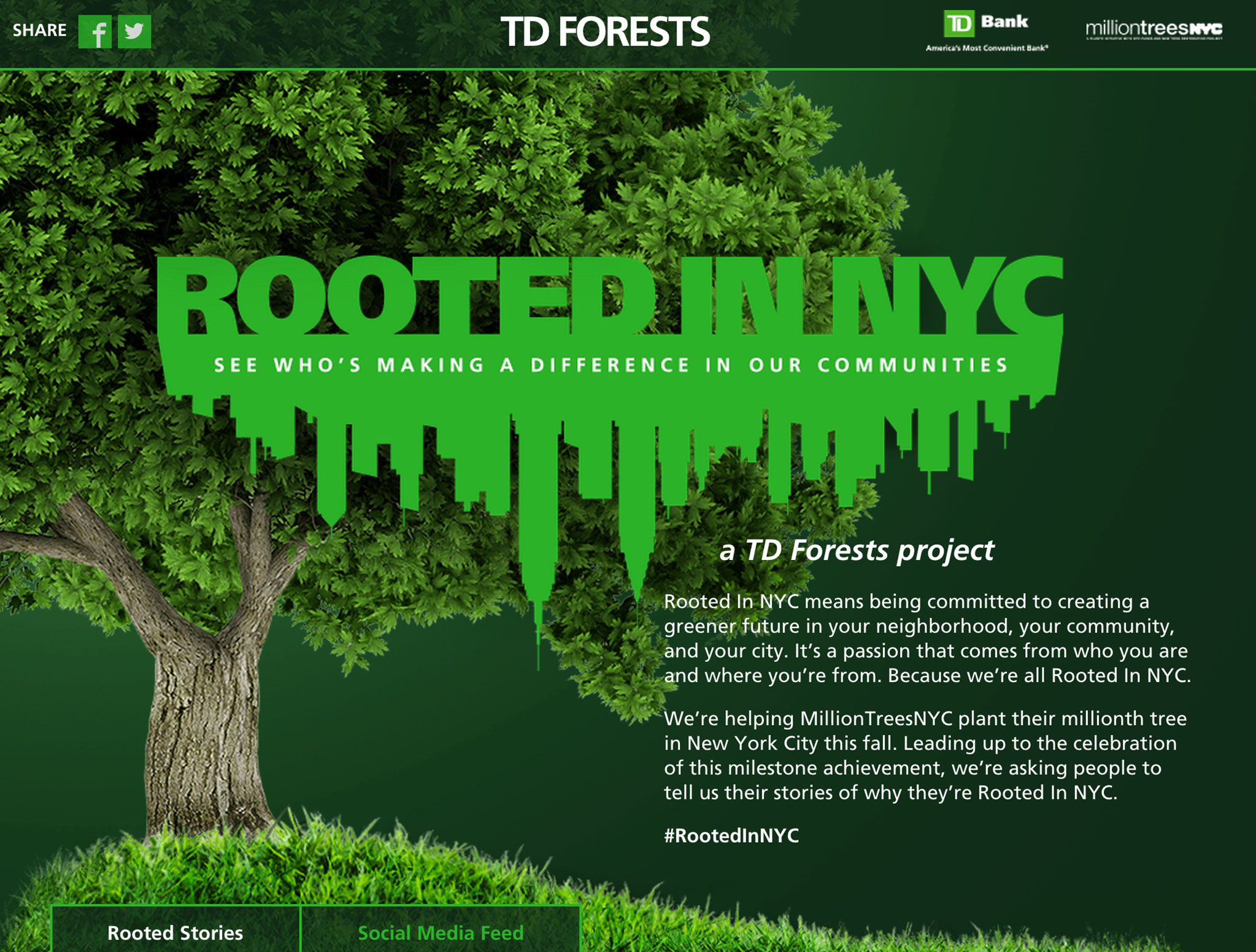How to Tell If Your Marketing Campaign Needs a Microsite
If you have something to promote, be it a product or campaign, chances are you’re already in the process of putting together a marketing strategy. There’s even a chance you’ve come across a very scary word during the course of your planning: microsite.
But what it is? What does it do? And more importantly, do you need one?
For those of you still doing research, microsites are small websites that concentrate on a certain topic and often feature content developed by a sponsoring brand (they can look and feel different from the sponsored brand’s site, however).
They’re great for a number of reasons. One, they have the flexibility to integrate content and design in such a way that creates a focused, yet often visually appealing alternative to simply adding another page to your already bloated main website. They’re also great for targeting certain audiences or creating buzz around a certain product or promotion.
But if they’re so great, why doesn’t everyone use them all the time? Well, because while microsites are great, they’re not necessarily the right choice for every campaign or product.
So how do you know if you need one? Let’s take a look at some of the advantages and disadvantages to help you decide.
Advantages of a Microsite
Microsites can be a great choice for certain campaigns and products. If your product is new and needs a lot of explanation or audience testing, for example, a microsite is a great choice. There are many advantages to having a microsite as part of your marketing strategy.
Increased Interest
Microsites let you take something specific and put it out in front of your target market in a focused and detailed way to gauge interest levels. Not only are you saying, “Look at me!” but you’re also able to tell if your customers really want what you’re offering (hint: if they’re not coming to your microsite, they might not be interested). Campaigns or products that rely on market testing may be a great fit for a microsite.

Creative Branding
If what you’re promoting is something unique, you may want to consider branching out from your sponsored brand and taking creative measures to market it. That can be hard to do with a traditional site, especially if your current site is heavy in CSS that you don’t want to fiddle with. Microsites, on the other hand, come with their own rules, meaning that you can design it to fit any branding guidelines. You could make it dramatically different than your regular site to draw a new audience, or you could keep it simple and sleek to highlight the specific product or campaign as needed. Either way, the possibilities are endless.

Faster Development
If you have a product or campaign that’s seasonal or temporary, you might consider using a microsite, especially if you still want all the bells and whistles of a full site but don’t want to spend too many hours throwing one together. Microsites are fairly quick to build, they can be adjusted and tweaked with relative ease, and they can be taken down (or put back up) as needed.
Detail-Friendly
The great thing about microsites is that they allow you to include as much information as you need without weighing down your main site, which means that if your product or campaign is detail-rich, you’ll do well with having a small, compact site.
Cost Effective
If your product or campaign needs to be big but you’re not ready to shill out the money for expensive marketing tactics, a microsite is a temporary, cost-effective solution that can be reused when needed. They’re also particularly handy if you want something that looks professional but don’t mind a smaller, more focused approach.

Disadvantages of a Microsite
Of course, you might not need or want all of those things. Maybe you’re required to stick within branding guidelines, or your product is fairly self-explanatory and having a whole site dedicated to it might overwhelm potential customers. There are plenty of reasons not to use microsites in certain circumstances.
Mixed Messages
One issue many marketers face with microsites is that they force users to leave a current site and jump onto a new one. While this can be advantageous in certain circumstances (as in, you really want your product to stand out), it can also be confusing for customers if not implemented properly. They may think your microsite is a pop-up advertisement or they don’t recognize it as a part of your site. A few ways around this would be to make sure that your branding is recognizable (even if your campaign is differently branded) and that they have access (links) to your main site.
Long-Term Costs
While microsites are fairly cheap to setup, they’re not always cheap to maintain. If your product or campaign is temporary, it’s not usually a big deal. But if you’re looking to keep up your microsite over the long term, it may actually backfire. As technology and SEO grows and adapts, your site – like any website – will need to be updated to keep pace with new tech. While you’re already spending time and money optimizing your main website, you’ll also need to spend resources maintaining all of your microsites too. Those expenses can add up if you’re not prepared.
Not Enough Information
Depending on how you setup your microsite, you may actually turn away customers if there’s not enough detail to include on your site. If you’re trying to market something where all the details can fit onto a regular landing page, creating a whole separate site to promote it may be a bad option. Because microsites lead customers away from your normal page, if you don’t have enough information there to keep people’s attention, you could be hurting your chances of them navigating back to your original page. If your details are sparse, stay away from microsites.
Do You Need a Microsite?
Microsites can be really great if you have the right product or campaign to promote, but they’re certainly not for everyone. Consider the needs of your marketing campaign. If your marketing campaign is short term (or seasonal), or it offers something unique that can handle plenty of attention without distracting customers from your main website, then microsites are a great choice.
You should also consider the flexibility of your current site. If your main site feels overloaded or doesn’t have a lot of flexibility when it comes to adding more than a few pages, you might want to consider creating a microsite.
If your current site has plenty of room to grow, however, and your campaign will be a long-term fixture of your company, you may want to consider keeping it a part of your current site and scraping the microsite idea all together. If you think an extra site will confuse your customers, or you don’t really feel the need to create a whole new set of branding for a single promotion, you might also steer clear of microsites.
But ultimately the choice is yours. If you don’t mind taking a risk, microsites are a quick and easy option to test something out, and if you (or your customers) end up hating it, no one is really worse for the wear.